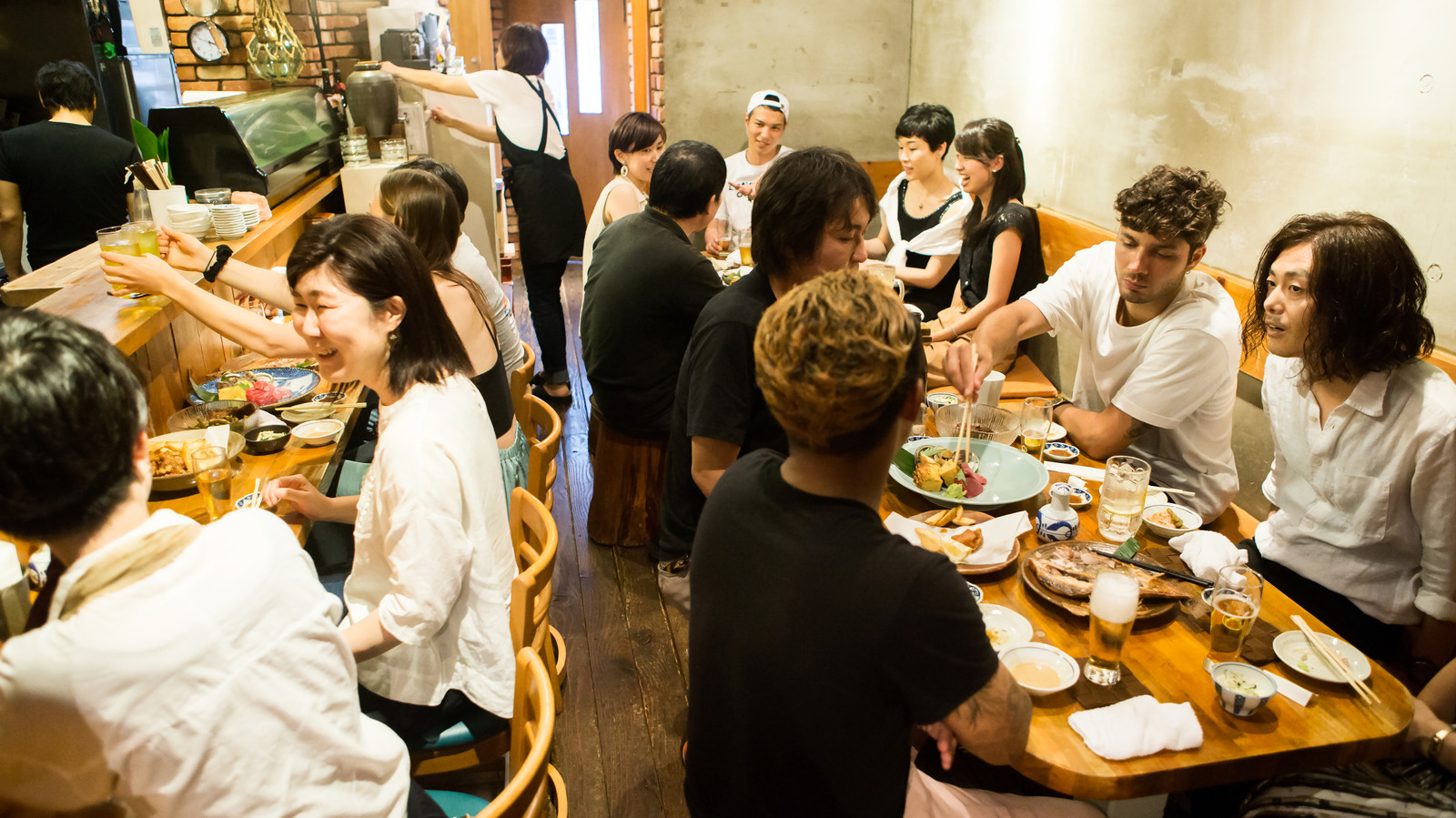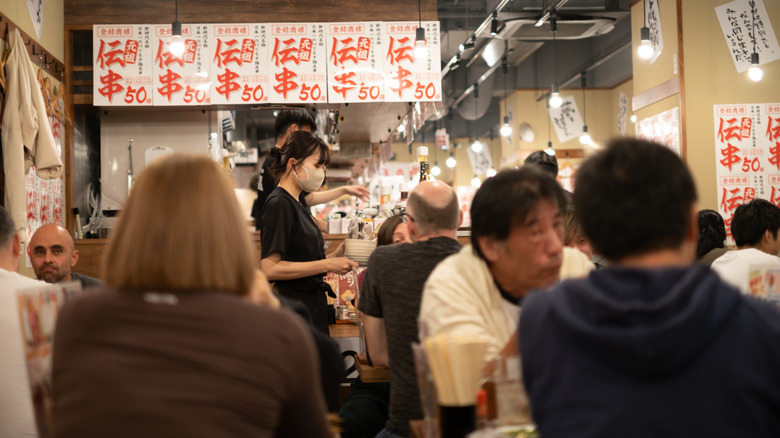There’s a beautiful synergy when drinks and food combine. The flavors pop, the booze keeps flowing, and it’s hard not to stop ordering more. Eateries around the world have embraced such a dining style in different forms, from tapas bars to brasseries, and two notable examples are the Japanese izakaya restaurant and the American gastropub.
Hailing from opposite sides of the globe, it’s no surprise the two business types offer some prominent distinctions. Izakayas offer drinks like sake, whisky highballs, and beer, accompanied by popular Japanese creations like karaage, gyoza, sashimi, and a range of other dishes. Packed in a small space, it’s a convivial and cheerful communal drinking experience.
Meanwhile, walk into a gastropub and expect a bar atmosphere but with a more developed menu. Seasonal ingredients mingle with chef-driven takes on casual bar staples like burgers, sandwiches, salads, and fried foods. Typically, a beer — or several — wash down the experience, with flavor pairings intentionally considered. Casual, yet creative, it’s a concept that’s unsurprisingly growing in popularity stateside.
What is an American gastropub?
Although now frequently found across American cities, the gastropub is a relatively modern invention. The concept only first originated in the early 1990s, evolving out of storied British pub culture. Prior, such drinking spots mostly served simple, classically British fare, with an emphasis placed on the drinks. Then in 1991, restaurateurs Michael Belben and David Eyre added a full-fledged kitchen in the back of a London pub, and started selling more complicated dishes with a Mediterranean influence, thereby creating the concept.
Gastropubs became a rapid success, spreading all across the United Kingdom in less than a decade. And by the early 2000s, the concept arrived on American shores. Innovators such as New York City’s Spotted Pig helped create a distinctly American take on the style, elevating the burger as a menu centerpiece. Plus, the food’s often backed by taps with U.S.-made craft beer — you’ll likely find an American pale ale as opposed to a British one.
Past the pairing of brews and elevated food, American gastropubs take on many forms. Common offerings include cured-cut charcuterie boards, as well as dishes with seasonal ingredients, like salads and sandwiches with a twist. Especially in contrast to British counterparts, many American gastropubs operate in restaurant- like fashion, with tables, waiters, and full meals.
What is an izakaya?
Also part bar and part restaurant, izakayas are one of the most common forms of Japanese dining. The name translates to dine-in sake shop, and the restaurants offer sake as well as a variety of food and drinks. Izakayas range from cheap and cheerful eateries that can offer happy hours with all-you-can-drink options to environments with meticulously constructed food. Intertwining all the options is an emphasis on small plates that are often shared. The rhythm of ordering is bar-like; dishes come out in rounds accompanying drinks, rather than following an appetizer-to-entrée ordering system.
Classic izakaya dishes include fried foods such as karaage, as well as classic Japanese nibbles such as edamame and beloved gyoza dumplings. Some izakaya restaurants select a specialty, like serving predominantly grilled chicken skewers called yakitori, or, placing an emphasis on seafood and impressing guests with sashimi platters. Expect regional as well as seasonal touches, too: Perhaps a hot pot on a cold winter’s day in northern Hokkaido or locally sourced sake and beef in Kobe.
Drink offerings take up as much importance as the food; many require a one-beverage minimum (although it can be non-alcoholic). Nevertheless, boozy beverages are the go-to. Traditional Japanese sake, shochu, simple cocktails like the whisky highball, and beer are all common orders to fuel a good time.
Izakayas generally offer a more compact experience
Both gastropubs and izakayas are broad business models, so it’s no surprise there’s some overlap between the two. With Japan’s interest in American cuisine, some izakayas serve fare like pizza, fried chicken, and beer. Conversely, there are American gastropubs that have menus crafted with a Japanese twist.
Yet the greatest contrast between the two businesses comes by way of their atmosphere. Izakayas are often smaller-sized businesses, with under 50 seats. While some have table seating, guests frequently sit at the bar, or in a floor-seating arrangement called a tatami. In alignment with such a cozy environment, the plated dishes come out much smaller in size but in a larger variety of styles and flavors.
Meanwhile, gastropubs generally come with a much larger real estate, often home to dozens of tables, and perhaps even a brewery on premise. Portions come out heftier and in full courses as a meal — if built for sharing, the dish will probably be considered just an appetizer. Nevertheless, the gastropub formula is always expanding, and versions emphasizing shareable plates are opening, too. So while you’d head to an izakaya for food and drink during a night out, to relax after work, or to meet new people, a gastropub tends to be a place you’d go for some drinks alongside a creative though relaxed meal.







